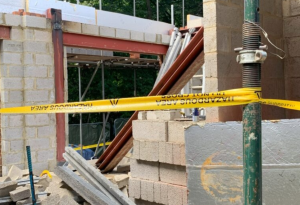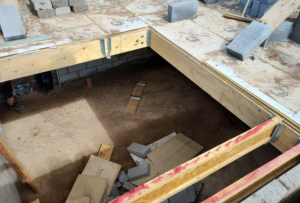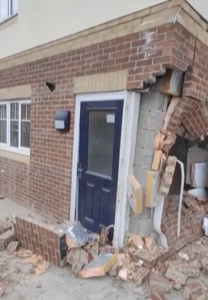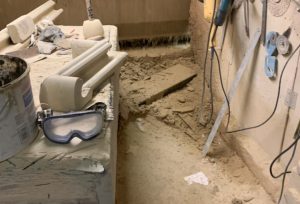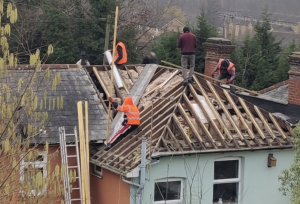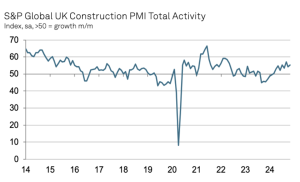Brick archway weighing two tonnes collapses on joiners
This post has already been read 3457 times!
A designer and contractor have been fined a substantial amount after the archway collapsed.
The two carpenters were shoring up the arch after it become unstable due to the removal of some masonry on one of the support pillars at a factory in Ouseburn, Newcastle, on 15 February 2011.
The HSE prosecuted principal contractor Brims Construction and designers Cundall Johnston and Partners LLP after an investigation into the collapse identified safety failings at the site and in the design.
Newcastle Magistrates’ Court heard that brick pillars adjoining the archway had been weakened after ‘pockets’ were created in the masonry to hold steel beams.
The court was told the removal of the masonry caused the arch to become unstable, as the pillar had acted as a buttress therefore weakening the structure.
The condition of the arch was brought to the attention of Brims’ site foreman who instructed the two joiners to shore it up.
They devised a new plan of work, but it was not reviewed by Brims to check that it was a safe method of working.
While work was underway, the archway collapsed onto the two carpenters were injured,one suffered a fractured foot and the other injured his back.
HSE inspectors found that Cundall Johnston and Partners LLP had not provided information in its designs to ensure those carrying out the work would have known removing the masonry would cause the archway to become unstable.
Brims Construction Ltd, of Quay West Business Park, Sunderland, was fined £1,000 and ordered to pay £5,000 in costs after pleading guilty to safety breaches.
Cundall Johnston and Partners LLP, of Gosforth, Newcastle, also pleaded guilty and was fined £1,000 with costs of £7,000.
Speaking after the case HSE Inspector Keith Partington said: “Fortunately the injuries suffered by the workers were not serious. However, if could have been a lot worse as around two tonnes of brickwork fell down when the arch collapsed.
“This incident could have easily been avoided. Firstly, if the designers had ensured sufficient information was available in the drawings it would have alerted those carrying out the work to the potential dangers to start with. Brims should also have properly planned and managed the work.”

